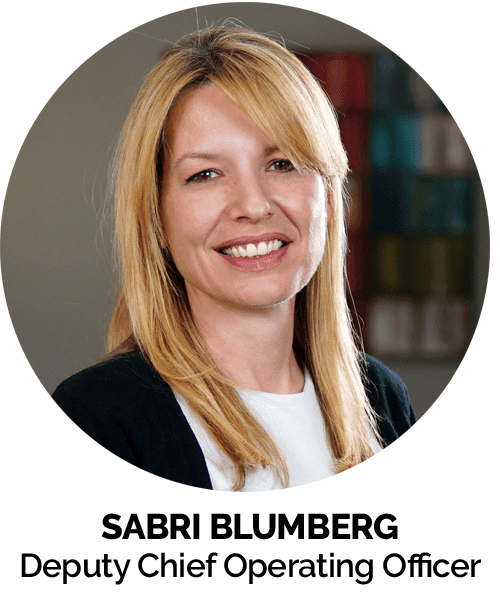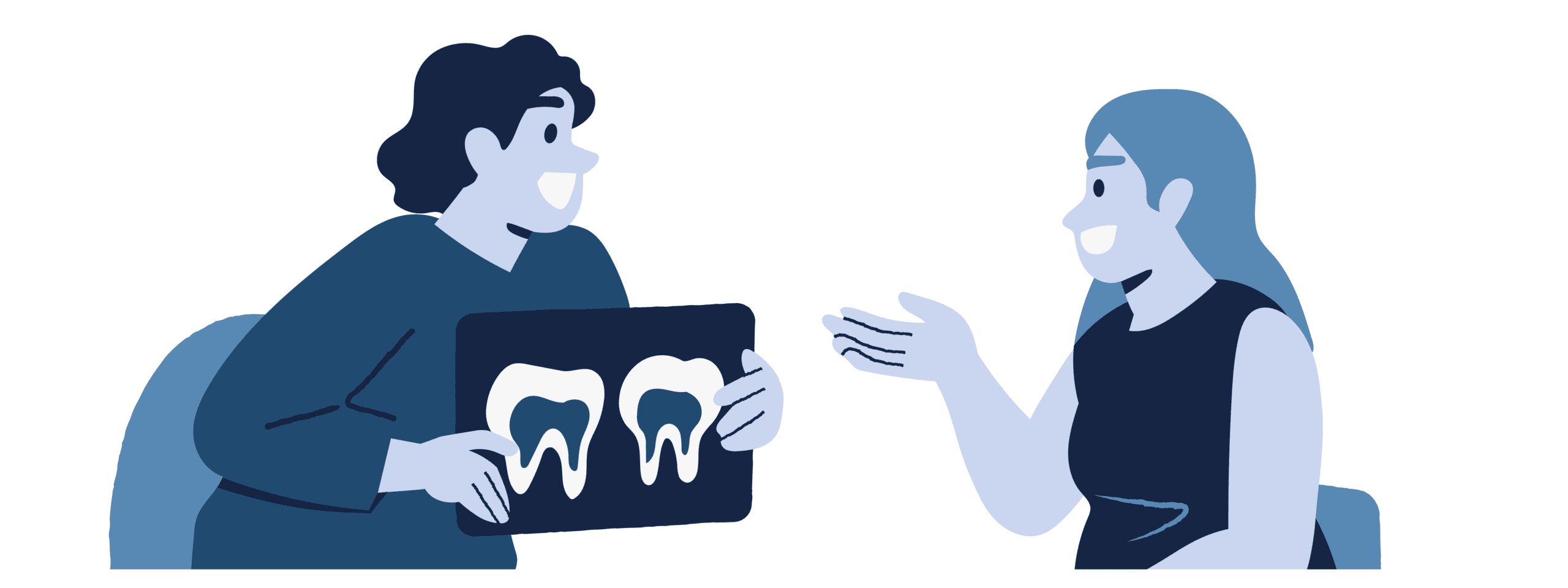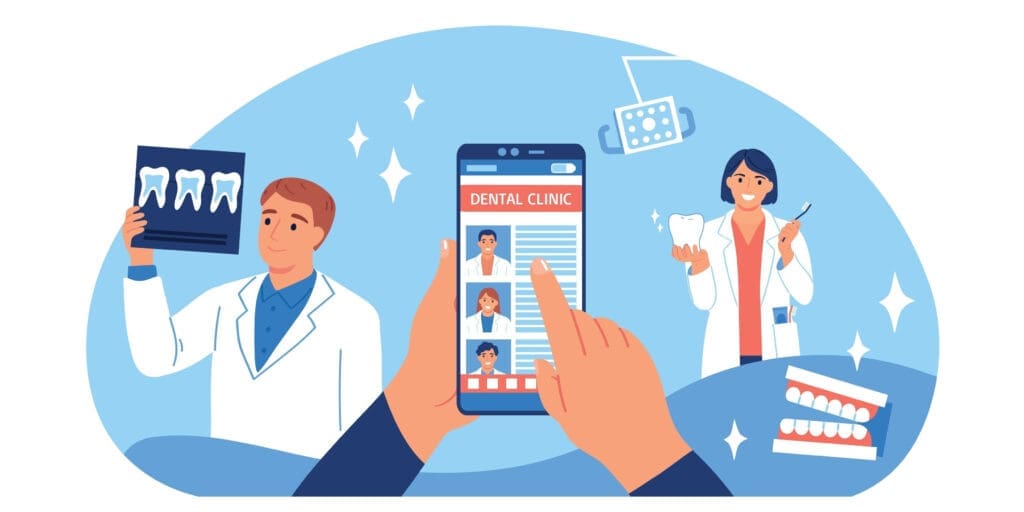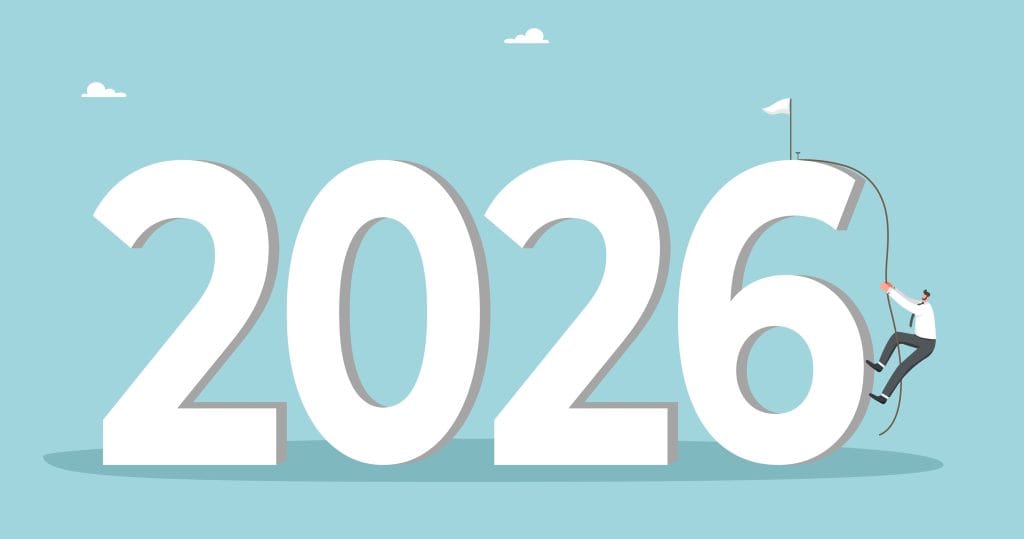Last updated on November 27th, 2025 at 03:43 pm
Last updated on October 31st, 2025 at 04:36 pm

This week’s blog post comes from the “Ask Sabri” column in our magazine. As it addresses a question that is highly relevant to many dental practice owners right now, we wanted to share it on our blog as well. Enjoy!
Q: My schedule is fully booked and it feels like we’re maxed out, but I see other dentists doing bigger production numbers with the same type of dentistry. What’s the secret?
A: Thank you for your question! This is a common question when we begin working with a new client at MGE. They think, “We’re already booked out and I’m running from room to room for 8+ hours a day. How could we possibly do more?”
Fast forward a few months and they’ve nearly doubled production while working fewer hours and feeling more relaxed throughout the day.
Each dental office’s production ceiling will be different depending on the type of dentistry they do, the number of operatories, fee schedule, hours of operation, etc. Obviously, if you’re doing tons of full-mouth restoration cases, that’s going to juice your production numbers.
Having said that, though, I tend to find that the vast majority of dentists are not nearly as “maxed out” as they think they are.
Even with standard bread-and-butter dentistry, you can probably increase production significantly with better efficiency.
I would need to speak with you individually to know precisely if/where you may be inefficient or what your production should be, but in this article I can at least cover some common areas where most offices can improve.
(By the way, anyone reading this can absolutely schedule a free Practice Production Analysis to review your unique practice and see what your actual maximum production is.)
Ways to increase production without adding more hours or providers:
1. Allow MORE time on your schedule for treatment presentations/consults
I know this is counterintuitive; you’re already fully booked, so how do you add more time on the schedule for non-production appointments?
However, the most common reason a dentist winds up with a packed schedule but low production numbers is that they’re doing too much single-tooth dentistry or “just what the insurance covers.”
Overworked dentists are usually so busy with single-tooth dentistry that they don’t have time to properly present larger treatment plans—and it becomes a vicious cycle. A few minutes after the exam is not enough time to answer all the patient’s questions and ensure they’re fully committed to a $3,000–$5,000+ treatment plan.
Here’s a common scenario: the patient has several teeth that need attention, but they’re not all necessarily urgent and their insurance only covers one crown. You do that one crown now and figure you’ll discuss the next “stage” of treatment next time you see them. Each time they come back in to treat one tooth or one quadrant, you need to present treatment again, seat them, numb them up, etc. That’s all extra chair time.
If they just did all the treatment they needed in one visit, that’s a much more efficient use of chair time. It also means the patient is much more likely to get everything done to achieve good oral health.
So, if you want to increase production, you’ll need to bite the bullet and make some more time to get larger cases accepted.

Improving your communication and case acceptance skills
The better you are at communicating and presenting treatment, the faster your case presentations will be.
I know I said you need to include time on your schedule for treatment presentations—but it doesn’t need to be a lot of time. The better your communication skills are and the better trained your team is, the quicker this will go. Closing a $5,000 case doesn’t necessarily take longer than closing a $2,500 case.



No Comments
Be the first to start a conversation